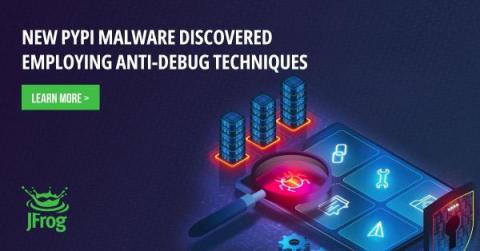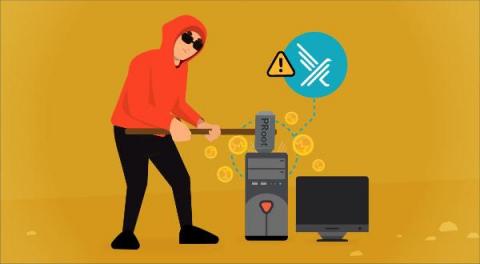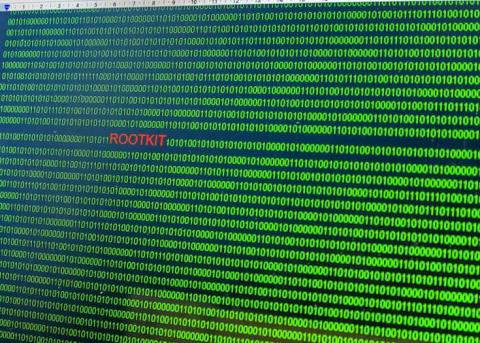PyPI malware creators are starting to employ Anti-Debug techniques
The JFrog Security Research team continuously monitors popular open-source software (OSS) repositories with our automated tooling, and reports any vulnerabilities or malicious packages discovered to repository maintainers and the wider community.











